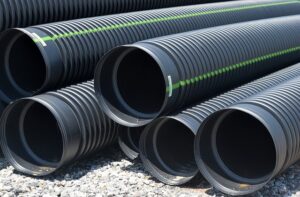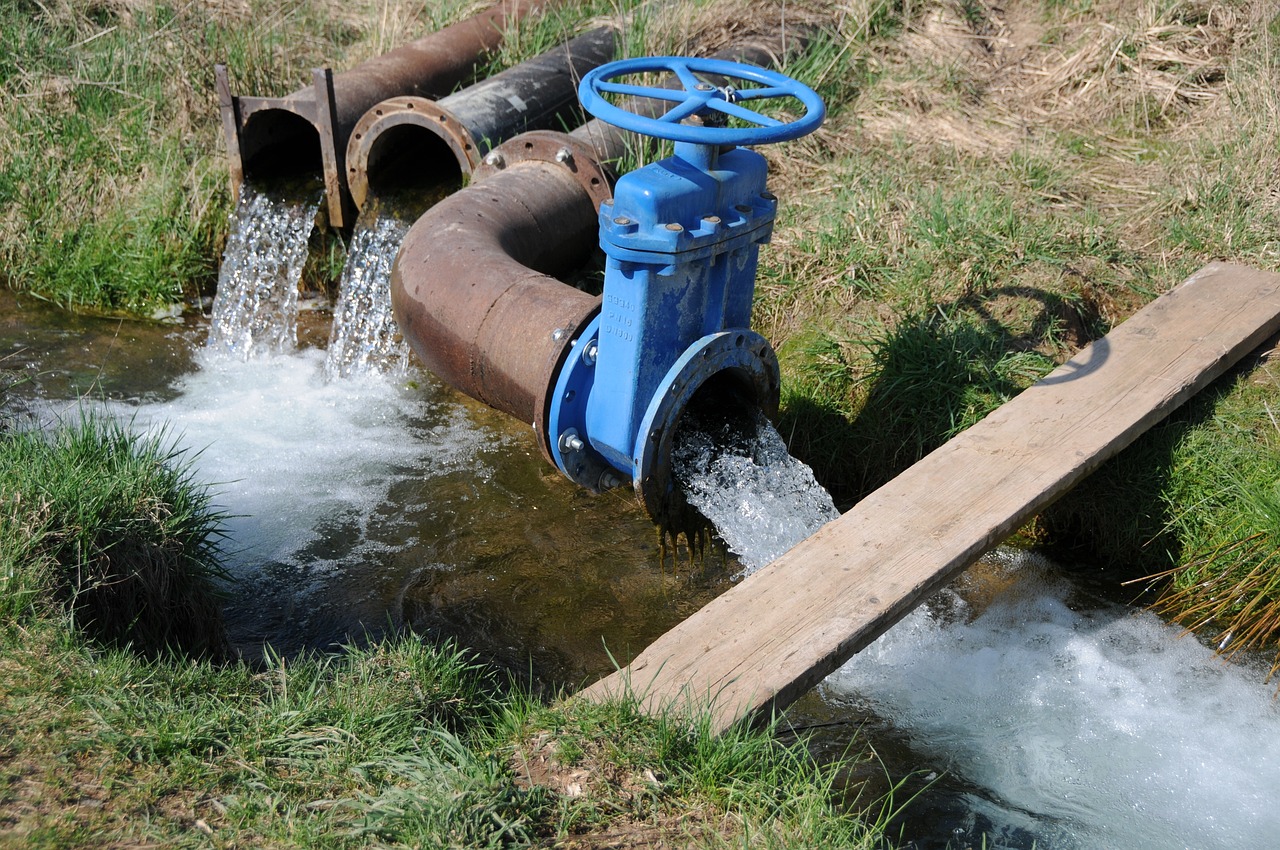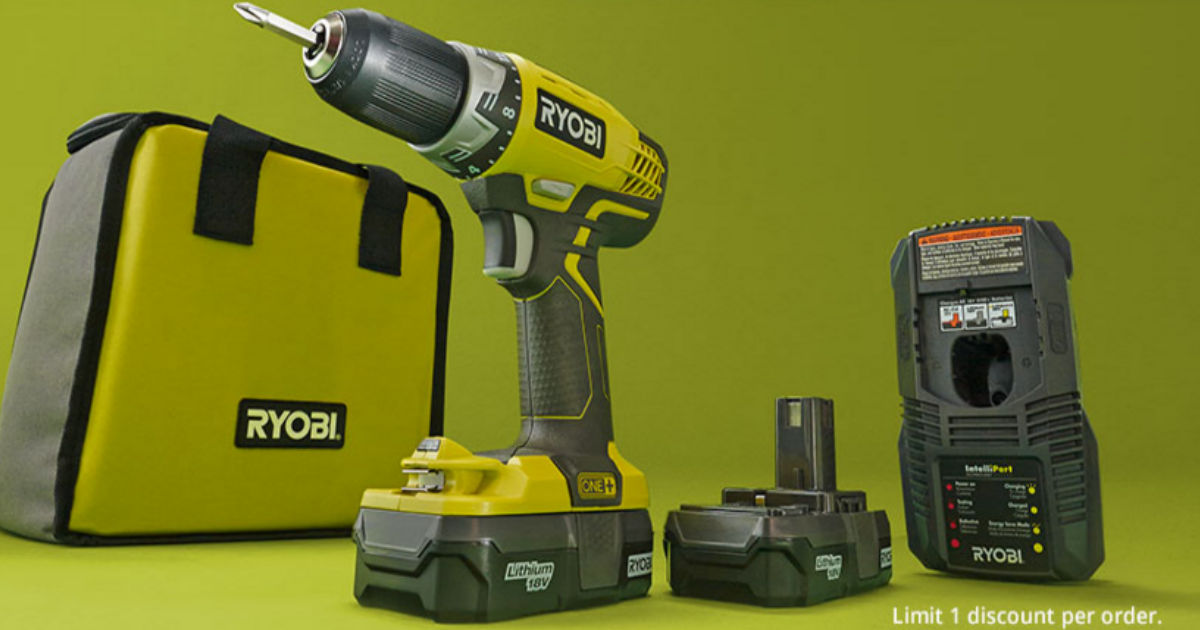Today, we’ll dive into the world of concrete drainage systems and explore some tips for designing effective ones for your home. While it may not be the most glamorous topic, proper drainage is crucial for maintaining the integrity of your property and preventing potential water damage. So please grab a cup of coffee, and let’s get started on creating an efficient concrete drainage system that will keep your home safe and dry.
Assess the Site
 Assessing the site is the first step in designing your home’s effective concrete drainage system. It involves understanding the topography and layout of your property to determine where water naturally flows and accumulates. Start by examining your surroundings during heavy rainfall or after snowmelt to identify any areas prone to pooling or erosion. Look for signs of water damage, such as saturated soil, standing water, or cracks in your foundation walls. Next, consider the slope of your land. Ideally, you want a gentle downward slope away from your home’s foundation to ensure proper runoff.
Assessing the site is the first step in designing your home’s effective concrete drainage system. It involves understanding the topography and layout of your property to determine where water naturally flows and accumulates. Start by examining your surroundings during heavy rainfall or after snowmelt to identify any areas prone to pooling or erosion. Look for signs of water damage, such as saturated soil, standing water, or cracks in your foundation walls. Next, consider the slope of your land. Ideally, you want a gentle downward slope away from your home’s foundation to ensure proper runoff.
Plan for Downspout Discharge
When it comes to designing effective concrete drainage systems for your home, one crucial aspect to consider is planning for downspout discharge. Properly managing the water that runs off your roof can prevent flooding and erosion issues. First, identify the location of all the downspouts around your house. Determine where they discharge water and assess whether this is causing any problems. Next, consider redirecting the downspout discharge away from your foundation. This will help protect against basement leaks and potential structural damage over time. One option is to connect the downspouts directly to an underground drainage system.
Determine the Drainage Area
Determining the drainage area is a crucial step when designing an effective concrete drainage system for your home. This involves identifying and understanding where water will flow and be collected on your property. To determine the drainage area, start by assessing the topography of your site. Look for any slopes or low points that could potentially collect water. Consider factors such as landscaping features, driveways, and patios that can contribute to water runoff. Next, consider the type of soil you have on your property. Different types of soil have varying levels of permeability, which affects how quickly water drains away. Understanding this will help you choose the appropriate size and capacity for your drainage pipes.
Choose the Right Pipe Material
 When it comes to designing effective concrete drainage systems for your home, choosing the right pipe material is crucial. The pipe material you select will directly impact the efficiency and durability of your system. One option to consider is PVC (Polyvinyl Chloride) pipes. These pipes are lightweight, easy to install, and resistant to corrosion and chemicals. They also have a smooth interior surface that allows for efficient water flow. Another popular choice is HDPE (High-Density Polyethylene) pipes.
When it comes to designing effective concrete drainage systems for your home, choosing the right pipe material is crucial. The pipe material you select will directly impact the efficiency and durability of your system. One option to consider is PVC (Polyvinyl Chloride) pipes. These pipes are lightweight, easy to install, and resistant to corrosion and chemicals. They also have a smooth interior surface that allows for efficient water flow. Another popular choice is HDPE (High-Density Polyethylene) pipes.
These pipes offer excellent strength and flexibility, ideal for areas with shifting soil or seismic activity. Remember that each property is unique, so assessing your specific needs is essential before starting the design process. Seek professional advice if necessary to ensure the best results. Investing time and effort into designing a well-functioning concrete drainage system will pay off in the long run by protecting your home from water-related issues. So consider these tips when planning your next project and enjoy peace of mind knowing that your property is safeguarded against excess moisture.…




